Outpatient Pediatric Therapy Services
- Founded in 1959
- Special Education Teachers
- ECDS- Early Childhood Developmental Specialist
Hours:
Outpatient Pediatric Hours
Monday - Friday 8:00 am -5:00 pm
Occupational, Physical, and Speech Therapy Services
The Learning Center of Northeast Arkansas, Inc is a fully licensed and insured behavioral development center that has been providing professional therapeutic services to children for over 60 years.
We offer outpatient services that include occupational, physical, and speech therapy sessions for children from infancy to their early adolescence. Read more about our specific therapies below, and call The Learning Center today to schedule a session.
-
What is occupational therapy, and how can it help my child?
Occupational therapy focuses on what matters to you and not what is the matter with you. Treatment focuses on the use of everyday activities that provide independence and self-satisfaction, such as play, eating, dressing, and self-care through strengthening, adaptations, and sensory regulation.
In a child’s life, this looks like a change of plans without a meltdown, being able to color in the lines, dressing on their own, and making safe play choices.
-
What is sensory processing disorder, and how can OT help?
Sensory processing disorder is a condition in which the brain has trouble receiving and responding to information that comes in through the senses.
Formerly referred to as sensory integration dysfunction, it is not currently recognized as a distinct medical diagnosis.
Some people with a sensory processing disorder are oversensitive to things in their environment. Typical sounds may be painful or overwhelming. The light touch of a shirt may chafe the skin.
Others with a sensory processing disorder may:
- Be uncoordinated
- Bump into things
- Be unable to tell where their limbs are in space
- Be hard to engage in conversation or play
OT treatment seeks to stimulate the brain in a sequence with the correct amount and type of sensory input, allowing the child to better process the information. They will work closely with the parents to help them understand how their child currently processes sensory information. These techniques are integrated into everyday life using a home and school program.
-
How do I get my child evaluated for occupational therapy?
At TLC, we consider the child’s physician an essential part of the team. While we would love for you to contact us, we request that you get your child’s pediatrician and let them know of your concerns.
Together you can determine if the evaluation may be necessary. We will be happy to assist you and your physician in obtaining the referral and with any other questions.
If you would like to speak with us about an outpatient referral, please call 870-932-4245 ext. 9374. If you are inquiring about the EDIT program, please contact Christy at (870) 932-4245 ext. 9355.
-
What will occur at my child's occupational therapy evaluation?
The child will be taken to the therapist’s treatment room, and the parents are welcome to come. The therapist will use toys and play to ask the child to perform a series of tasks, i.e., copy a shape. These are typically items found on a standardized test.
Under insurance guidelines, the test is given to “qualify” your child for therapy. The therapist may also ask you to fill out a questionnaire. Just do your best to answer the questions; there are no right or wrong answers.
Often, children are evaluated and treated with another child or two nearby. Children typically are less anxious when they see another child playing and enjoying themselves.
The therapist will often ask you several questions throughout the evaluation. At the end of the assessment, the therapist may or may not be able to tell you whether or child is qualified. This is an excellent time to ask any questions of your therapist. If you cannot find out that day, the therapist or their case manager will contact you if they are enrolled in the center-based programs.
We feel that parents play a very crucial role in the progression of occupational therapy treatment. We will often use letters and videos of your child and what they are doing in occupational therapy so that you may carry over the work at home.
If you have questions or concerns, please get in touch with us! Our email addresses are listed on this website, or you may call the center directly.
-
Why will my child only eat a few foods?
Is mealtime a battle? Do you wonder if your child is “just a picky eater” or if there is a problem?
If your child eats 30 different foods or more, you can consider your child to be a picky eater. They typically eat at least one food from most nutrition and texture groups. Although these children are reluctant, you can place new foods on their plates, and they will touch and often taste them. They are willing to eat a meal with other family members at the table. It is usual for a child to want to eat food multiple times and stop eating it altogether. This habit is called food “jagging.”
However, if your child’s food choices number less than 20 foods, there might be a reason to seek help.
“Problem Feeders” often refuse entire categories of food or textures. They often scream and fall apart or gag when presented with new foods.
They almost always eat different foods and often at different times and places than other family members. TLC utilizes both speech and occupational therapy in the treatment of Problem Feeders.
With the use of multiple treatment techniques like those practiced in food chaining, SOS, Oral Beckman, sensory processing, and many others, they customize a treatment plan with their goal to make mealtimes happy, stress-free, and nutritious daily occurrence.
-
My child struggles to hold a pencil or color in the lines. Will OT help?
Many different factors may cause difficulty with coloring or writing. The difficulty may stem from weakness in the hands or shoulders or more complex, such as a vision or sensory processing issue.
Through testing, the OT will be able to determine the cause of your child’s struggle to write or color. The therapists at TLC utilize many different treatment techniques. Handwriting Without Tears is a multisensory approach to handwriting that incorporates play, textures, and songs to develop prewriting and writing skills in your child.
Handwriting Without Tears is a research-proven technique implemented by the teachers in our preschool.
Licensed and Insured Outpatient Therapists
Call The Learning Center of Northeast Arkansas, Inc today.
(870) 335-2240
Meet Our Occupational Therapists

Dawn Holmes
Occupational Therapist

Hannah King
Occupational Therapist
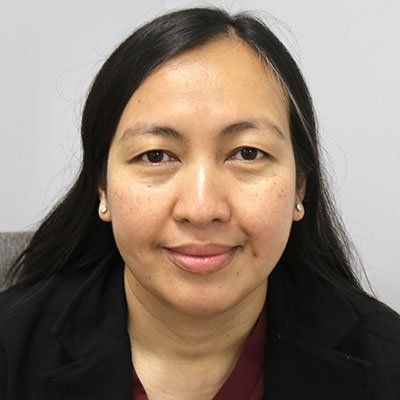
Ana Bernarte
Occupational Therapist
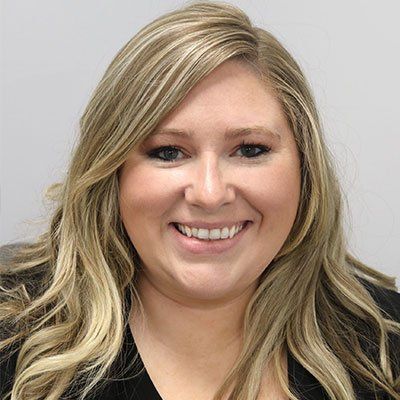
Carla Grady
Occupational Therapist
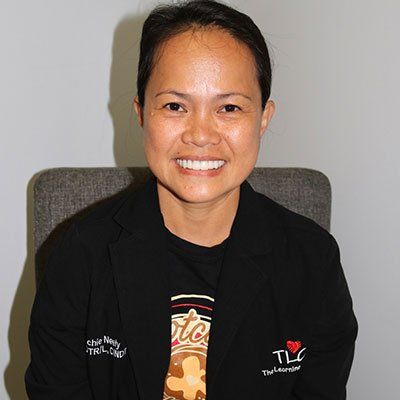
Ritchie Neely
Occupational Therapist
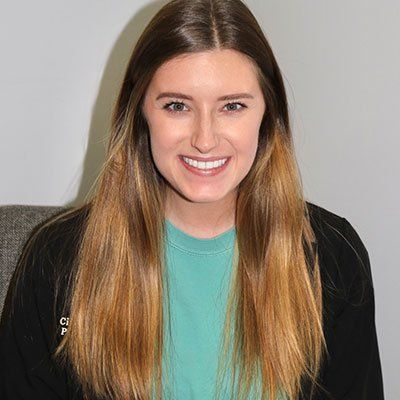
Hannah Knight
Occupational Therapist
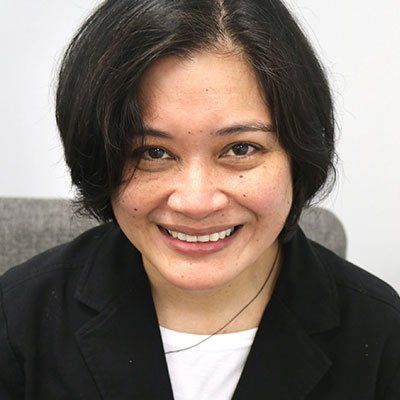
Vincenta Teel
Occupational Therapist

Carrie Taylor
Occupational Therapist
Physical Therapy
-
What Is physical therapy?
Physical therapy helps kids improve their range of motion, strength, flexibility, and movement patterns. The goal of PT is to help children move their bodies how and when they want to the best of their abilities and to help make everyday activities easier for kids.
-
When does an infant or child need physical therapy?
Children are referred to physical therapy when they display limitations in their Range of Motion (ROM), strength, mobility, or balance. These limitations may occur for known reasons such as premature birth, torticollis, scoliosis, hypotonia, in-utero positioning, or an unknown cause.
TLC offers therapy on an outpatient basis through their outpatient center, and the preschool for children enrolled in their Early Intervention Day Treatment (EIDT) services. If you receive therapy through the outpatient center, your therapist will schedule your appointment. If your child attends the center, they will be checked out of the classroom for treatment and returned to their classroom at various times of the week.
At TLC, we invest heavily into the advanced training of our staff so that your child will always receive the absolute best care using the most appropriate treatments. At The Learning Center, we treat children from birth to 18 years of age. We recommend that adolescents with sports injuries see a physical therapist specializing in that area.
-
How do I get my child evaluated for physical therapy?
At TLC, we consider the child’s physician an essential part of the team. While we would love for you to contact us, we request that you get your child’s pediatrician and let them know of your concerns.
Together you can determine if the evaluation may be necessary. We will be happy to assist you and your physician in obtaining the referral and with any other questions. If you would like to speak with us about an outpatient referral, please call 870-932-4245 ext. 9374. If you are inquiring about the EDIT program, please contact Christy at (870) 932-4245 ext. 9355.
-
What is torticollis?
Torticollis is defined as a limitation in head and neck movements. Torticollis has progressed at an epidemic rate since Back to Sleep & Prone to Play was implemented. The Back to Sleep program has all but eliminated SIDS, so it needs to be followed, but the result is that children are spending less and less time on their tummies. Usually identified at their 3-month check-up, the earlier it is determined, the easier it is to treat.
Our therapist uses muscle energy techniques, manual techniques, myofascial release, and home programming to treat torticollis. Occasionally, Kinesio taping or a TOT collar is used for severe cases.
As recommended by the Physical Therapy Practice Acts, based on a child’s torticollis score, the child will typically receive PT two to three times per week. We also use these guidelines to determine the duration of treatment based on your child's improvement of movement.
-
What will occur at my child's physical therapy evaluation?
The therapist will bring the child into their treatment room, and the parents are welcome to come. Using toys and play, the therapist will ask the child to perform a series of tasks, i.e., hop on one foot across this line. These are typically items found on a standardized test. Under insurance guidelines, we test your child to qualify for therapy. The therapist may also use a tape and a unique tool to measure joints called a goniometer.
We often give the children our tools to inspect, so they are not concerned when using them. Often children are evaluated and treated where another child or two are nearby. Children typically are less anxious when they see another child playing and enjoying themselves. The therapist will often ask you several questions throughout the evaluation. At the end of the evaluation, the therapist may or may not be able to tell you whether your child qualifies. The end of the evaluation is also an ideal time to ask questions about your therapist.
If you cannot determine your child's enrollment in the center-based programs that day, the therapist or their case manager will contact you.
We feel that parents play a crucial role in the progression of physical therapy treatment. We will often use letters or videos of your child and what they are doing in physical therapy so that you may carry over the work at home.
If you have questions or concerns, don't hesitate to contact us! Our email addresses are listed on this website, or call the center directly.
-
Why has my therapist recommended bracing for my child?
Long gone are the days of Forrest Gump bracing. Nowadays, manufacturers construct most braces from soft, flexible plastic with Velcro straps that fit in shoes.
We determine your child's height and style of brace according to the amount of support or control that your child requires. We utilize JPO to provide our bracing, but you may use any provider you wish. JPO comes to TLC on Wednesday as a convenience for the family and children. Braces work as a therapy tool when worn correctly, aiding in motor development and strengthening.
Braces should not be painful or cause blisters or sores. If they do, remove them immediately and contact your therapist or orthotist.
-
What is NDT and how does it help my child?
Neuro-Developmental Treatment (NDT) originated in England by a husband and wife who were physicians in the ’50s. They focused on the development and treatment of children with cerebral palsy. It has advanced significantly from that point. Today NDT is a treatment approach that focuses on assessing, evaluating, and treating those with movement impairment.
NDT holds its roots in neuromuscular dysfunction but applies to most all motor disorders. The intensive training is the equivalent of attending eight weeks of continuous training. During the eight weeks, the therapist sharpens their assessment, evaluation, and treatment skills.
TLC currently has seven therapists on staff who are NDT certified and another two who are in process. They are best known for their handling techniques that promote standard motor movement patterns, focusing on functional skills. This approach is just one of the ways that TLC works to provide the absolute best treatments for your children.
-
What is sensory motor dysfunction and how will PT help?
Sensory responses drive a considerable portion of the motor system. For example, most stroke patients have intact motor skills but impaired sensation in their arms or leg. This loss of sensation can lead to limb dragging and poor control of the affected arm or leg.
While your child probably has not had a stroke, things are a little chaotic somewhere in their sensory system. Their brain is not sending the correct information at the right frequency and the correct repetition.
Yes, there are a lot of moving parts to sensory-motor disorders. Often, these children are described as clumsy or accident-prone. PT treats the weakness, poor coordination, and timing issues that limit motor skills development.
At TLC, we utilize a variety of sensory treatments, including the astronaut protocol, Wilberger brushing, vestibular swing, deep pressure, weighted vests, SPIO suits, and TheraBand, to name a few. Our therapists use the correct combination of sensory with motor training to promote your child's optimal motor learning.
Meet Our Physical Therapists
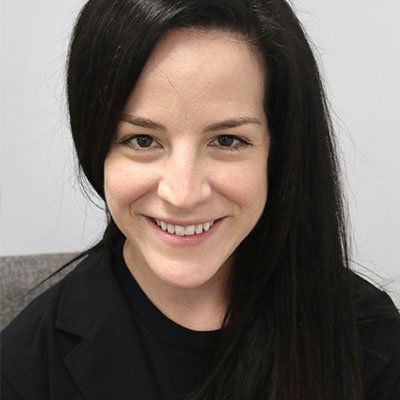
Beth Lovins
Physical Therapist
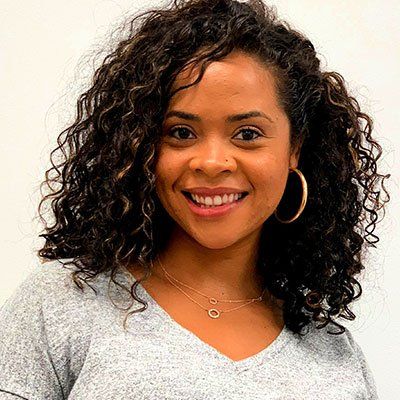
Vanessa Moody
Physical Therapist

Ashley Murphree
Physical Therapist
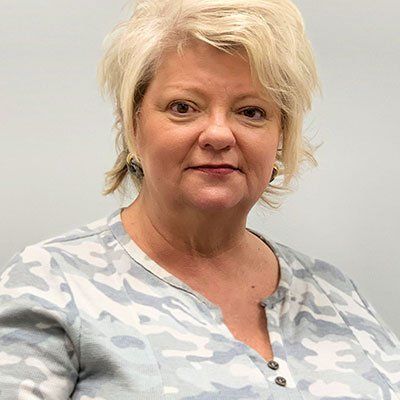
Charlotte Hammond
Physical Therapist
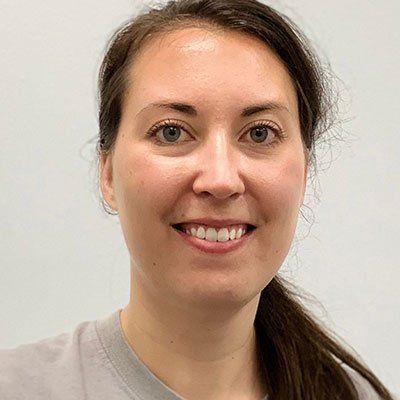
Kelsie Clark
Physical Therapist

Haley Soo
Physical Therapist

Dr. Katherine Thomas
Speech Therapy
-
What is speech therapy?
Did you know there are 20 different muscles and 14 bones in the face alone? The surrounding muscles and bones of the head, neck, and trunk heavily influence the development of these bones.
Together, all those muscles must have the proper strength, alignment, and stability for an infant or child to swallow correctly, chew, and talk. Add in breathing, sequencing, and processing by the brain, and you have one complicated process.
A licensed Speech Language Pathologist (SLP) understands how all these things work together and what to do when they do not. Here at The Learning Center, our therapists receive extensive training on the latest proven techniques to help your child in a fun and loving environment.
Therapy may begin as early as infancy with feeding, swallowing, or hearing concerns. You may want to consider treatment for your toddler if they will not eat more than two to three things, are slow to talk, speak with a stutter or in an unusual pitch, or if they are hard to understand.
Even a school-age child who cannot make those few sounds or is learning to talk with an Augmentative Communication device may need speech therapy. Our speech therapists work as a team with other therapists, the family, and physicians to help your child achieve their full potential.
-
If I have concerns about my child, how do I get a speech therapy evaluation?
At TLC, we see the physician as the key administrator of a child's health and development. We recommend that you contact them and discuss your concerns. They may want you to bring your child in for a visit.
Once you have discussed these concerns with your child's physician, they will typically send a script directly to TLC, and someone from TLC will contact you to schedule a speech therapy evaluation.
If you have questions about the process and your child, don't hesitate to contact our program coordinator, Christy, at 870-932-4245.
-
What are some signs that my baby might have problems taking their bottle?
With a newborn, there is so much individuality and newness. Parents often wonder if things they are observing are typical or should be concerned, especially regarding feeding!
When your baby takes a bottle- Do they latch well? Have a lot of milk come from their mouth during feedings? Have episodes of coughing or choking? Do feedings last longer than 30 minutes? Does your baby frequently have large spit-ups that come out of the nose?
These episodes might mean they are showing signs of feeding difficulties. If you notice these signs, please let your baby’s doctor know! At The Learning Center, we have therapists who specialize in helping your infant with all the abovementioned issues.
-
Why will my child eat only a few foods?
Is mealtime a battle? Do you wonder if your child is “just a picky eater” or if there is a problem? If your child eats 30 different foods or more, they qualify as just a picky eater. Picky eaters typically eat at least one food from most nutrition and texture groups.
Although these children are reluctant, you can place new foods on their plates, and they will touch and often taste them. They are willing to eat a meal with other family members at the table.
It is usual for a child to want to eat food multiple times and then stop eating it altogether. This habit is called food “jagging.”
However, if your child eats only 20 different foods or fewer, there might be a reason to seek help.
“Problem feeders” often refuse entire categories of food or textures. When presented with new foods, problem feeders often scream and fall apart or gag. They almost always eat different foods and often at different times and places than other family members. TLC utilizes both speech and occupational therapists in the treatment of Problem Feeders.
With the use of multiple treatment techniques like those practiced in food chaining, SOS, Oral Beckman, sensory processing, and many others, they customize a treatment plan with their goal to make mealtimes a happy, stressful accessible, and nutritious daily occurrence.
-
What if my child is difficult to understand or doesn't speak in full sentences?
Do you struggle to understand what your child is trying to say? Can your child communicate their basic needs and wants through words?
There are many reasons for this occurrence in children. A simple articulation issue can occur from oral weakness, the ability to hear well, structural issues, or processing issues, to name a few.
A speech evaluation for language concerns can help you determine the base cause of your child’s language issues. They will develop a plan from the evaluation by working together with the parent and child. They can have your child kindergarten ready!
-
Why does my child stutter, and when should I be concerned?
It is common for a toddler to stutter. Typically, this occurs when the child cannot form their sentences as quickly as their brain is processing them. When this happens, do not draw attention to it. Wait patiently, do not complete their sentences. They will outgrow it.
However, there are times that stuttering can be an actual “fluency” issue. Stuttering should not cause significant anxiety in a child or persist past four years of age.
If the stutter appears in conjunction with another activity, such as blinking, hand tapping, or facial grimacing, they might need the help of a speech pathologist to resolve it.
-
What is augmentative communication, and can it help my child that is struggling to verbally communicate?
Augmentative Communication describes any form of communication that is not verbal speech to express a person’s thoughts, needs, wants, or ideas. Pointing and grunting, for example, are forms of augmentative communication.
However, a child can only communicate so much utilizing that strategy When a child cannot communicate effectively, they often become very frustrated Many times, the child will then exhibit less than desirable behaviors
At TLC, we use many different forms of Augmentative Communication that include both low and high technology to improve your child’s ability to communicate.
Examples of low tech could be touching an object or a card with a picture of the thing on it. It could also be activating a prerecorded message with a switch to select or tell what you want.
Many times, speech pathologists use the lower technical forms of augmentative Communication to build fundamentals of language development in children Then, they may progress to higher technology devices such as an iPad with “Words for Life” on it Augmentative communication devices (ACD) are often used to ENCOURAGE the development of functional talking.
When a speech therapist begins the use of ACD with a child the end goal is always for them to talk Occasionally a child is not able to develop verbal language Then the child may be evaluated for a “talker”– a high-tech electronic device that utilizes the same patterns learned in “Words for Life,” but can do much more by storing long sentences and patterns allowing the nonverbal person to communicate in much more detail
TLC is a LAMP Center of Excellence. We have people certified in all levels of devices low to high. We host monthly training with an ACD representative, Jennifer Herzog, to support all individuals and their families that use or are learning to use a high-tech device.
To inquire about ACD devices further or if your child is utilizing an ACD and you would like to attend the training, please contact TLC at 870-932-4245.
Meet Our Speech-Language Therapists
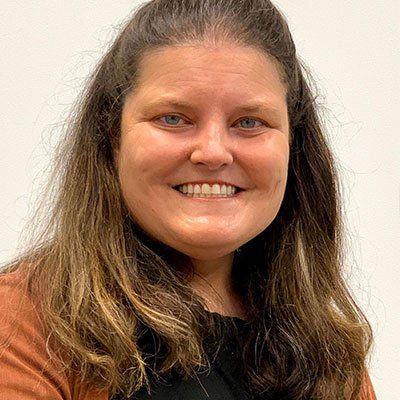
Emily Maglothin
Speech Language Pathologist

Hannah Logan
Speech Language Pathologist
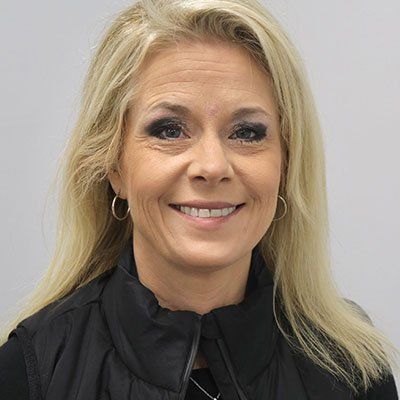
Vonda Marshall
Speech Language Pathologist
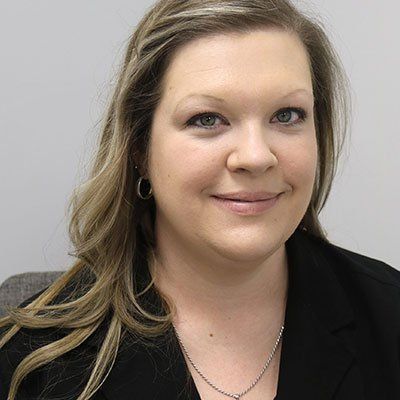
Tara Chamness
Speech Language Pathologist
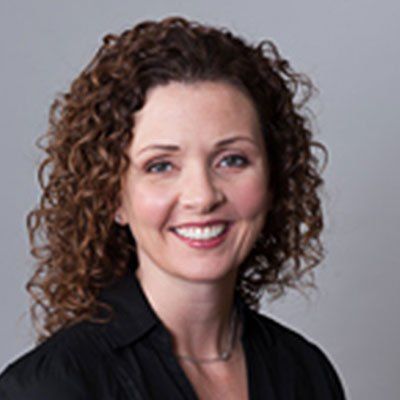
Shelly Brown
Speech Language Pathologist
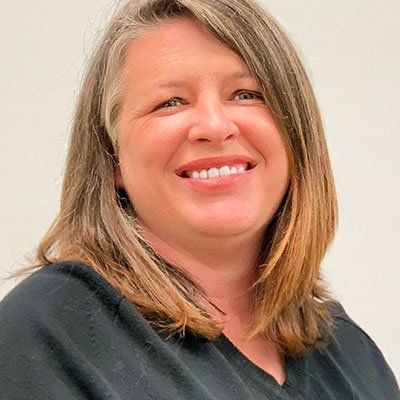
Misty Walker
Speech Language Pathologist
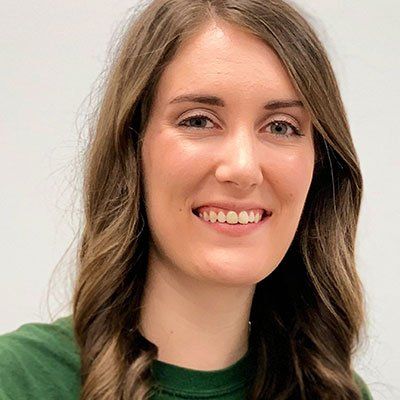
Kimberly Clark
Speech Language Pathologist

Kristen Watson
Speech Language Pathologist

Kristen Wendel
Speech and Language Pathologist
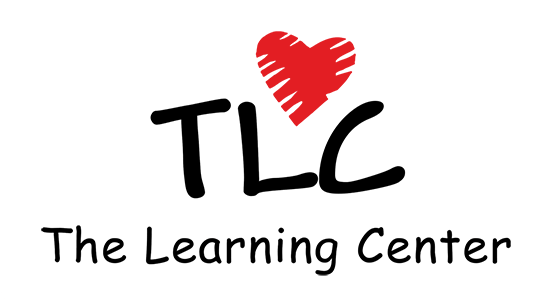

Share On: